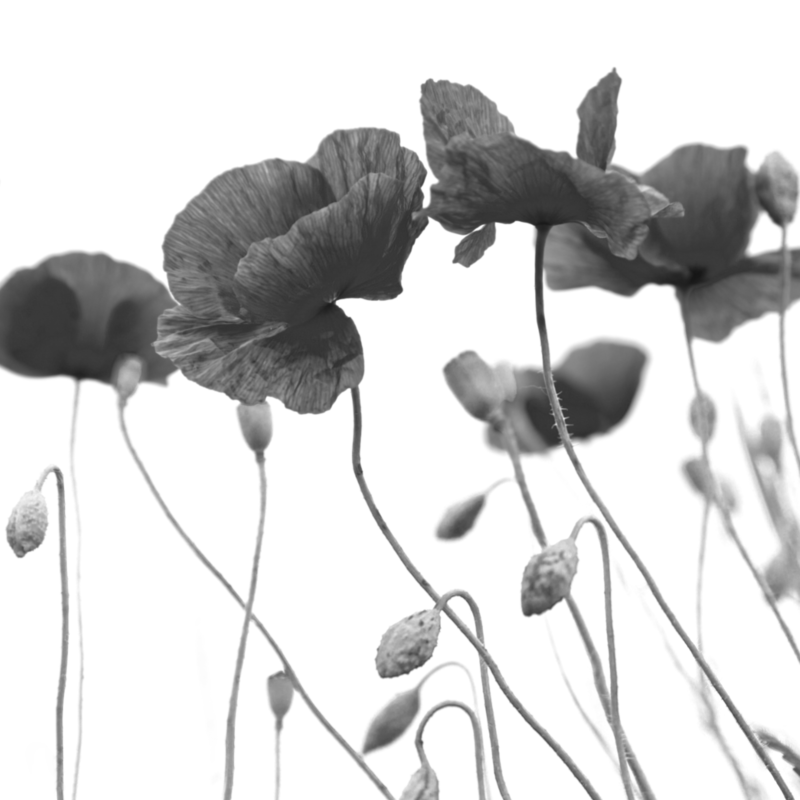I spend a great deal of my time studying where deceptive thinking comes from. I am fascinated by questions such as:
- Are some people naturally good at deception (and if so, why)?
- What do good deceivers think about when they’re formulating deception?
- Can deception be learned (and can it be taught)?
- Can methods and tools help amplify the rigour and potency of deceptive thinking?
One insightful approach that has shed some light on these questions has, somewhat surprisingly, been to study my own thinking — how do I formulate deceptive action?
Here’s one example.
Used Poppies is an ESP-like magic effect with playing cards that I originally published in 2017 (Henderson, 2017).
The effect plays out as follows:
The performer hands the spectator a regular deck of cards and invites them to inspect and shuffle it. The spectator then removes two runs of cards from ace to five — one in red suits, the other in black.
The performer then turns their back to the spectator and genuinely cannot see their actions. The spectator mixes the cards, deals them into two piles, and then deals each pile to form a line – one for them and one for the performer. At this point, the performer turns around to face the spectator again.
Despite genuinely not knowing the identity or position of any of the cards, the performer seemingly begins to ‘sense’ their values. Slowly, they place each of their cards onto one of the spectator’s cards to form a series of pairs. The spectator turns over the cards to find that each pair comprises a red card and a black card of the same value.
If you want to skip the background behind creating this effect and go straight to learning it, see here.
I created Used Poppies while studying the stock shuffling systems of Erdnase (1902, p.65-76) and Hugard and Braue (1940, p.73-75). Stock shuffling involves moving predetermined cards into specific locations in the deck via the act of shuffling. The deck is thereby stacked to ensure that these predetermined cards fall to a given player during the next round of dealing.
However, the technique is complex, awkward, and is tough to master such that it looks natural. When I first learned stock shuffling, I turned the deck face up so I could see (and not have to imagine) how various cuts, jogs, breaks, throw-offs, and shuffles acted to rearrange the cards.
I then began to study other ways to mix cards while keeping them face-up. For example, I experimented with simple stacked packets (e.g., in numerical order) comprising just a few cards so I could easily track their distribution while dealing.
At some point, I discovered that alternate dealing a stack into two piles results in pairs of cards always falling into the same relative (knowable) positions. Technically, alternate dealing a cyclic stacked packet creates positional sequences in the resultant piles that have a fixed offset between them. Cutting the stack prior to dealing does not affect the offset.
On this basis, I soon developed a guaranteed process for knowing the locations of pairs of cards in face-down packets that a spectator had previously cut and dealt. With further experimentation (and a fair degree of road testing) the effect coalesced into its current form.
The strands of deceptive thinking that led to the creation of Used Poppies included:
- Studying, researching and trying out an existing (documented) deception strategy.
- Curiosity about the underlying operational basis on which the strategy relied.
- Experimentation that led me to apply the same principle differently (transitioning from assembling a stock via shuffling to studying how dealing distributes a retained stock).
- Noticing a recurring pattern and recognising its broader utility.
- Construction of a presentational story that contextualised, justified, and help obfuscate the method.
- Experimenting, rehearsing and receiving feedback in a safe space.
- Field execution (i.e. performance) and evaluation, leading to further refinement.
These activities are fundamental to all deceptive thinking and apply to any problem where deception might provide a viable solution.
A full description of Used Poppies and an explanation of its underlying method can be found here.
References
Erdnase, S. (1902). The Expert at the Card Table (Artifice, Ruse and Subterfuge at the Card Table: A Treatise on the Science and Art of Manipulating Cards). Frederick J Drake & Co.
Henderson, S. (2017). Used Poppies. Psycrecy: The Society of Mystery Entertainers, 2(3), 94-104.
Hugard, J., & Braue, F. (1940). Expert Card Technique. C. W. Jones.


